Basics of Kicking a Soccer Ball
Kicking a soccer ball is an essential skill that every player must master. Whether you're aiming for power, accuracy, or a mix of both, understanding the basics is crucial. Here's a step-by-step guide to get started:
- Foot Placement: Place your non-kicking foot beside the ball, pointing in the direction you want the ball to go.
- Body Position: Lean slightly forward for low shots and slightly backward for lofted kicks. Your shoulders should align with your target.
- Contact Point: Hit the ball with the appropriate part of your foot. The inside of the foot is best for accurate passes, while the instep (laces) is used for powerful shots.
- Follow-Through: Ensure your kicking leg follows through after contact, directing the ball accurately.
Real-life Example: Legendary players like David Beckham and Cristiano Ronaldo are known for their impeccable kicking techniques, mastering both precision and power.
Different Types of Kicks and When to Use Them
Different game situations call for various kicking techniques. Understanding when and how to use each type can enhance a player’s effectiveness on the field:
- Inside Foot Pass: Ideal for short, accurate passes. Used in tight spaces and for quick play.
- Instep Drive: Known for power and distance, perfect for long passes and shots on goal.
- Outside Foot Pass: Useful for adding spin to the ball or surprising the opponent with an unexpected direction.
- Chip Shot: Used to loft the ball over defenders or the goalkeeper. Requires delicate touch and precision.
- Volley: Striking the ball while it’s in the air, often used for quick shots or clearances.
Real-life Example: Andrea Pirlo’s chip shots and volleys highlight the elegance and effectiveness of mastering different kicks.
Drills to Improve Kicking Technique
To help players develop their kicking technique, coaches can implement various drills:
- Passing Drills: Set up pairs or small groups to practice short, accurate passes using the inside of the foot.
- Shooting Drills: Create shooting scenarios where players practice instep drives and chip shots. Include target areas to improve accuracy.
- Volleyball Drills: Have players practice volleys by tossing the ball to each other and striking it mid-air.
- Obstacle Courses: Use cones or markers to set up courses that require different types of kicks, promoting versatility and control.
Real-life Example: Youth academies often use these drills to build foundational skills, creating well-rounded players capable of executing various kicks under pressure.
Common Mistakes and How to Correct Them
Even with practice, players can develop bad habits that affect their kicking technique. Here are some common mistakes and how to correct them:
- Poor Foot Placement: If the non-kicking foot is too far from the ball, it can lead to inaccurate kicks. Correct this by ensuring the foot is placed correctly beside the ball.
- Leaning Back Too Much: Overly leaning back can result in high, uncontrolled shots. Encourage players to maintain a slight forward lean for better control.
- Inadequate Follow-Through: A lack of follow-through can reduce power and accuracy. Practice full follow-through motions to enhance the kick’s effectiveness.
Real-life Example: Coaches like Arsène Wenger emphasize correcting these small details to refine players’ techniques and improve their overall game performance.


Improve Your GameJust 1.99 p/m
Exclusive drills and sessions, get involved today!
- 100’s of Drills
- Coach to Camera Videos
- Sessions from Pro’s
- Industry Leading Advice
Mastering how to kick a soccer ball is fundamental for every player. By understanding different techniques, practicing through targeted drills, and avoiding common mistakes, players can enhance their skills and become more effective on the field. For grassroots coaches, focusing on these elements can make a significant difference in player development and game performance.

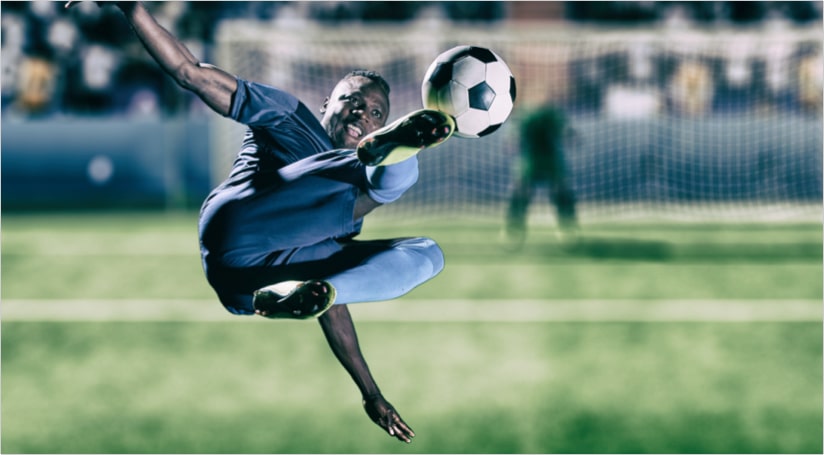
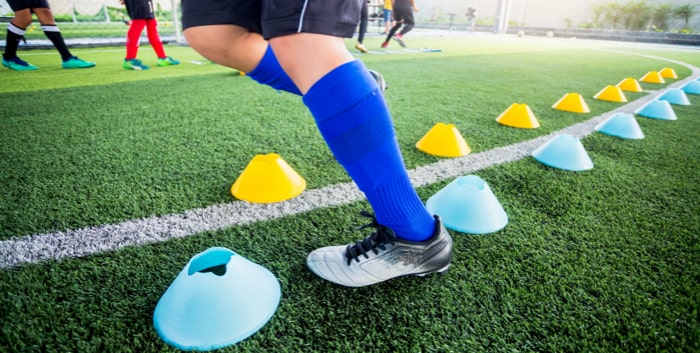
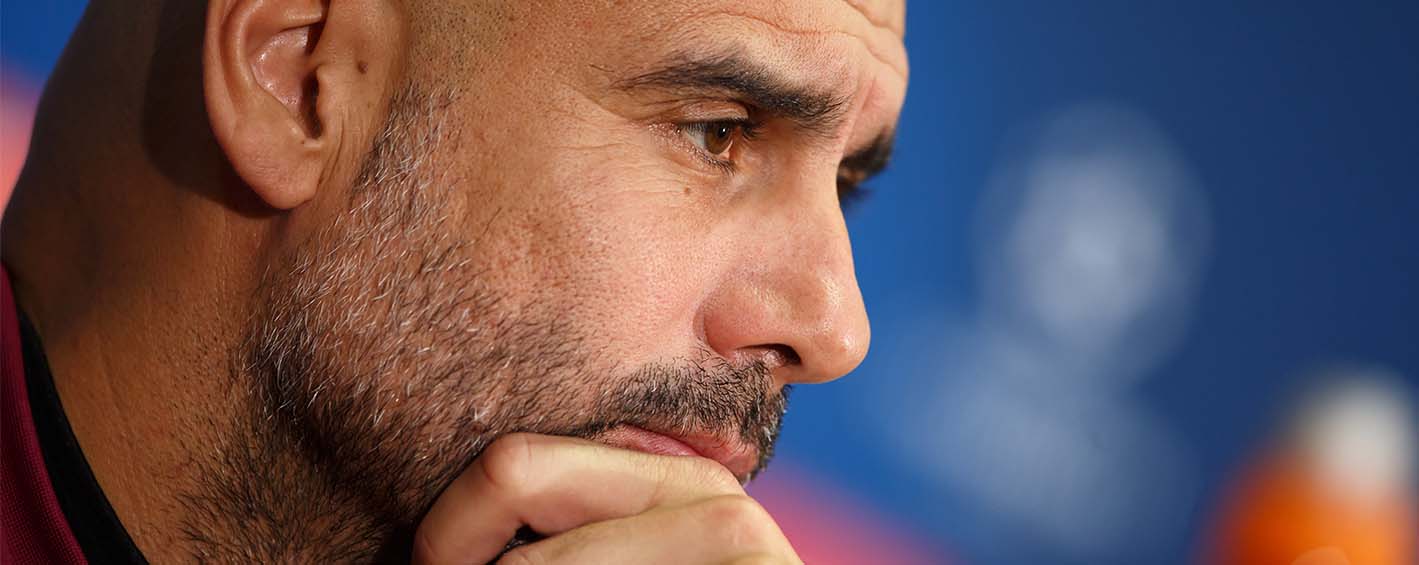
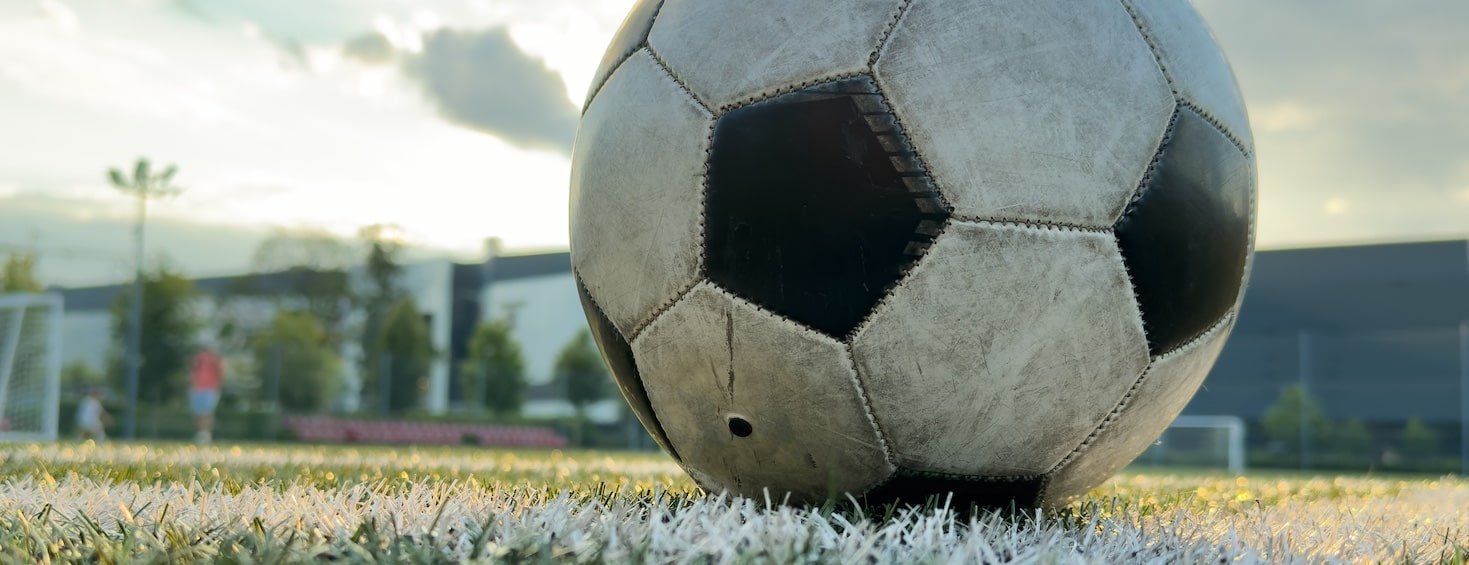

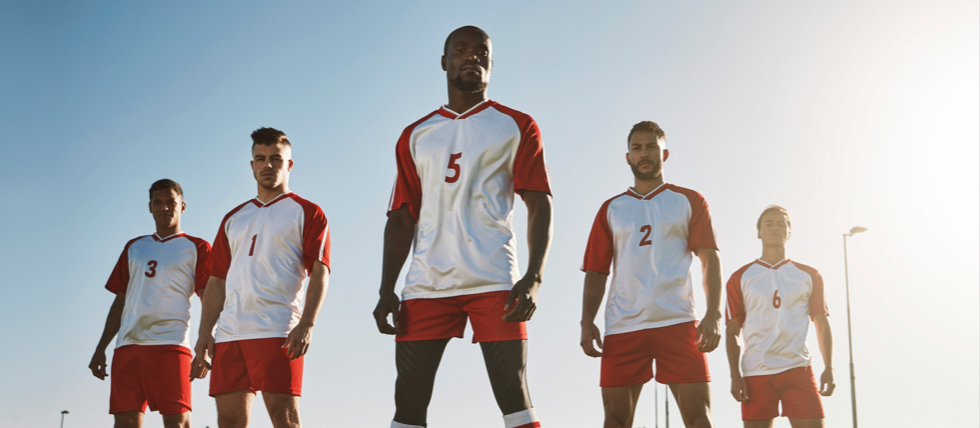
Cupello
Rethinking soccer coaching via our industry leading tools. Built to offer effective coaching development solutions for players and coaches of all levels.